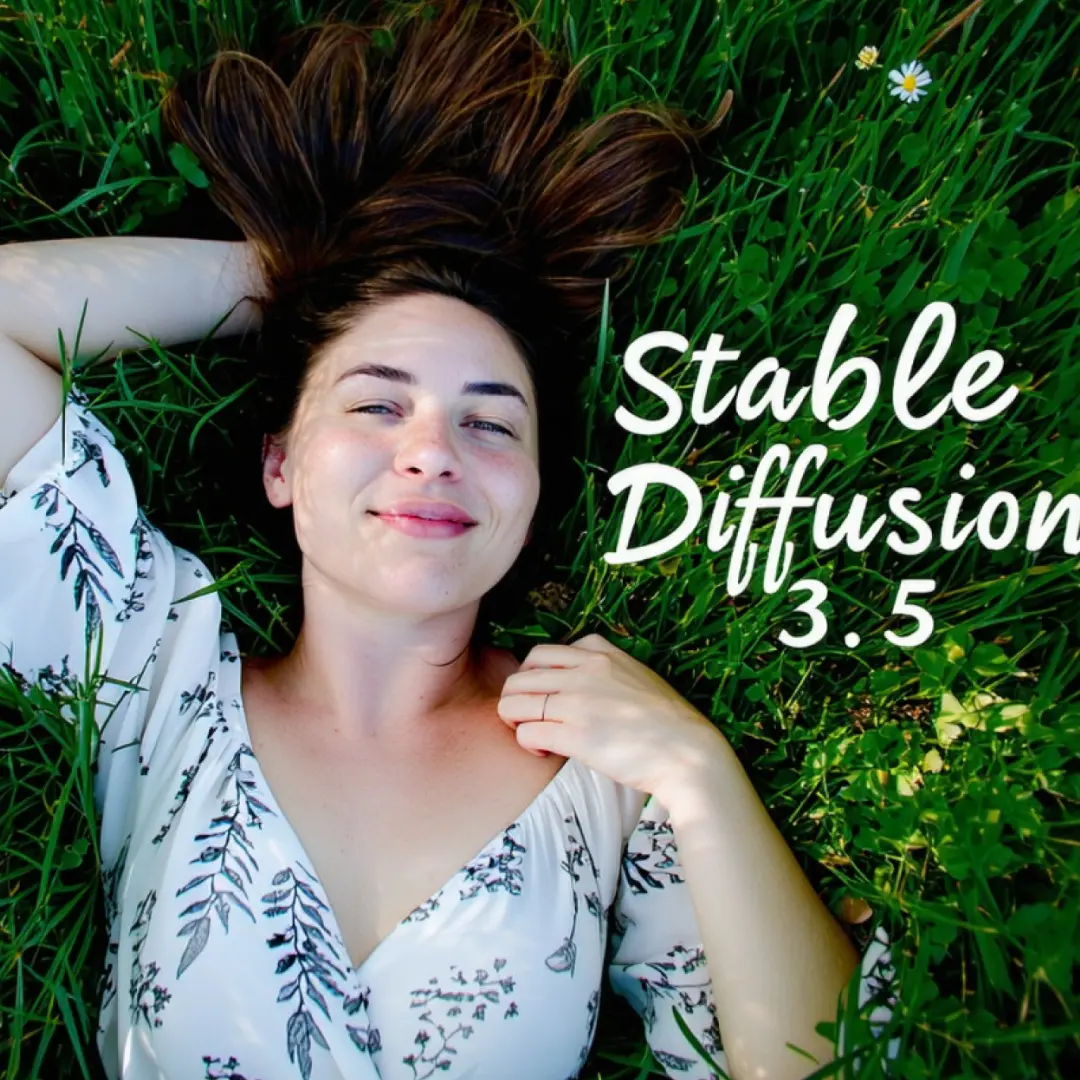ComfyUI Node: None To 0
NoneToZero
CategoryMira/Logic
mirabarukaso (Account age: 1505days) Extension
ComfyUI_Mira Latest Updated
2025-03-25 Github Stars
0.1K
How to Install ComfyUI_Mira
Install this extension via the ComfyUI Manager by searching for ComfyUI_Mira- 1. Click the Manager button in the main menu
- 2. Select Custom Nodes Manager button
- 3. Enter ComfyUI_Mira in the search bar
Visit ComfyUI Online for ready-to-use ComfyUI environment
- Free trial available
- 16GB VRAM to 80GB VRAM GPU machines
- 400+ preloaded models/nodes
- Freedom to upload custom models/nodes
- 200+ ready-to-run workflows
- 100% private workspace with up to 200GB storage
- Dedicated Support
None To 0 Description
Handles `None` inputs by setting defaults to ensure data integrity and prevent processing disruptions.
None To 0:
The NoneToZero node is designed to handle scenarios where a given input might be None and provides a mechanism to ensure that such cases are managed gracefully. Specifically, it checks if the input parameter check_none is None and, if so, sets the return values to predefined defaults, including setting numerical outputs to zero and generating a minimal placeholder image. This functionality is particularly useful in workflows where the presence of None values could disrupt subsequent processing steps, ensuring that the pipeline remains robust and error-free. By converting None values to zero or other default values, this node helps maintain the integrity of the data flow and prevents potential issues that could arise from unhandled None values.
None To 0 Input Parameters:
check_none
The check_none parameter is the primary input that the node evaluates to determine if it is None. If this parameter is None, the node will return default values for all outputs. This parameter can be of any type, as indicated by the AlwaysEqualProxy("*") type, which means it can accept any input. The main function of this parameter is to act as a trigger for the node's conditional logic.
ret_img
The ret_img parameter is an image input that the node will return if the check_none parameter is not None. This parameter is of type IMAGE and is displayed as an input in the user interface. If check_none is None, a minimal placeholder image will be generated and returned instead. This ensures that an image is always available for subsequent processing steps.
ret_float
The ret_float parameter is a floating-point number that the node will return if the check_none parameter is not None. This parameter has a default value of 1.0 and can be adjusted in increments of 0.0001. If check_none is None, the node will return 0.0 for this parameter. This allows for flexible numerical outputs based on the presence or absence of the check_none value.
ret_int
The ret_int parameter is an integer that the node will return if the check_none parameter is not None. This parameter has a default value of 1 and can be adjusted in increments of 1. If check_none is None, the node will return 0 for this parameter. This ensures that an integer value is always available for subsequent processing steps.
None To 0 Output Parameters:
ret_float
The ret_float output is a floating-point number that reflects the value of the ret_float input parameter if check_none is not None. If check_none is None, this output will be 0.0. This output is useful for maintaining numerical consistency in workflows that require floating-point values.
ret_int
The ret_int output is an integer that reflects the value of the ret_int input parameter if check_none is not None. If check_none is None, this output will be 0. This output is useful for maintaining numerical consistency in workflows that require integer values.
ret_img
The ret_img output is an image that reflects the value of the ret_img input parameter if check_none is not None. If check_none is None, this output will be a minimal placeholder image. This output ensures that an image is always available for subsequent processing steps, preventing potential disruptions in the workflow.
none_image
The none_image output is an image that is identical to the ret_img output if check_none is not None. If check_none is None, this output will be None. This output provides an additional image output that can be used for further processing or validation.
None To 0 Usage Tips:
- Use the
NoneToZeronode in workflows where the presence ofNonevalues could disrupt subsequent processing steps, ensuring that the pipeline remains robust and error-free. - Adjust the
ret_floatandret_intparameters to provide meaningful default values that align with your specific use case, ensuring that the node's outputs are useful even whencheck_noneisNone.
None To 0 Common Errors and Solutions:
"TypeError: unsupported operand type(s) for -: 'NoneType' and 'int'"
- Explanation: This error occurs when the
check_noneparameter isNoneand the node attempts to perform an arithmetic operation with it. - Solution: Ensure that the
check_noneparameter is properly set or handled by the node to avoidNonevalues in arithmetic operations.
"ValueError: invalid literal for int() with base 10: 'None'"
- Explanation: This error occurs when the node attempts to convert a
Nonevalue to an integer. - Solution: Ensure that the
check_noneparameter is properly set or handled by the node to avoidNonevalues in type conversion operations.
None To 0 Related Nodes
RunComfy is the premier ComfyUI platform, offering ComfyUI online environment and services, along with ComfyUI workflows featuring stunning visuals. RunComfy also provides AI Playground, enabling artists to harness the latest AI tools to create incredible art.




